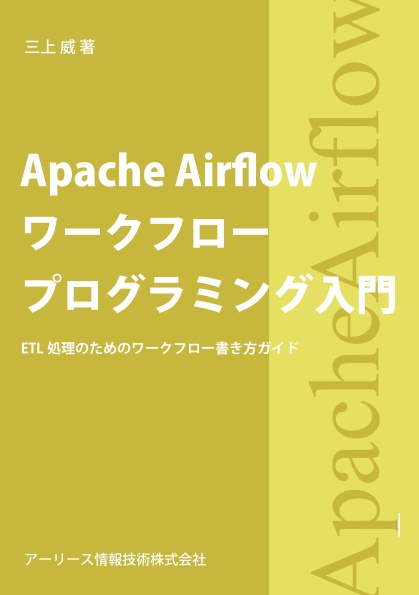Allure Behaveでログ出力を検査結果に添付する
Allure Behaveでテストをする際に、
標準出力・標準エラー出力を検査結果に添付する方法は、
次のエントリでまとめました。
Allure Behaveで標準出力・標準エラー出力を検査結果に添付する
https://takemikami.com/2024/0605-allure-behave-stdout.html
このエントリでは、同様にしてログも添付できると便利だと思うので、
その手順をまとめておきます。
テストコードの作成
以下のように、ログを出力するテストコードを用意します。
sample.feature
Feature: sample feature
Scenario: senario1
When process1
steps/sample.py
from behave import *
import logging
logger = logging.getLogger()
@when("process1")
def step_impl(context):
logger.debug('デバッグログ')
logger.info('情報ログ')
logger.warning('警告ログ')
ログ出力をレポートに出力する対応
標準出力・標準エラー出力の場合と同じように、
before_step, after_stepで、ログのハンドラーを追加・削除、
after_stepには、更にハンドラーのバッファを出力し、検査結果に添付します。
environment.py
import allure
import logging
import logging.handlers
def before_all(context):
context.log_handler = logging.handlers.BufferingHandler(1000)
context.log_handler.setFormatter(logging.Formatter(context.config.logging_format, context.config.logging_datefmt))
context.log_handler.setLevel(context.config.logging_level)
def before_step(context, step):
context.log_handler.flush()
root_logger = logging.getLogger()
root_logger.addHandler(context.log_handler)
def after_step(context, step):
root_logger = logging.getLogger()
root_logger.removeHandler(context.log_handler)
logstr = '\n'.join(context.log_handler.formatter.format(r) for r in context.log_handler.buffer)
if len(logstr) > 0:
allure.attach(logstr, name="ログ出力", attachment_type=allure.attachment_type.TEXT)
ログレベルやフォーマットは、behaveの設定を使い回すので、
behaveの設定ファイルにそれぞれの設定値を追記しておきます。
.behaverc
[behave]
format=allure_behave.formatter:AllureFormatter
outfiles=allure-results
logging_format=[%(asctime)s][%(levelname)s](%(filename)s:%(lineno)s) %(message)s
logging_datefmt=%Y/%m/%d %H:%M:%S
logging_level=DEBUG
以上。






